Jeff Causey
In January 2025, the South Sound Sailing Society, in Washington State, was briefed by one their own on the America’s cup. Jeff Causey is currently the boat captain of TP 52 Katana GL52 (racing on the Great Lakes) and a key figure in competitive sailing, including involvement with INEOS Britannia in the Barcelona America’s Cup256.

Causey has over 20 years of experience racing, rigging, and managing sport boats, such as TP52s and maxis. Causey was an All-Conference Skipper three times at Portland State University and grew up sailing in Budd Inlet26. He also worked as an ESPN editor in New Zealand earlier in his career26.
Jeff Causey transitioned from being an ESPN editor in New Zealand to a career in sailing by leveraging his lifelong passion and expertise in the sport.
Growing up in Seattle, Washington, he developed a strong foundation in sailing, competing at Portland State University and later excelling in professional campaigns. His pivotal moment came during the 2013 America’s Cup, where his technical skills and quick thinking as a rigging expert gained recognition. This led him to fully dedicate himself to sailing, managing and captaining high-profile teams like Oracle Team USA and INEOS Britannia1.
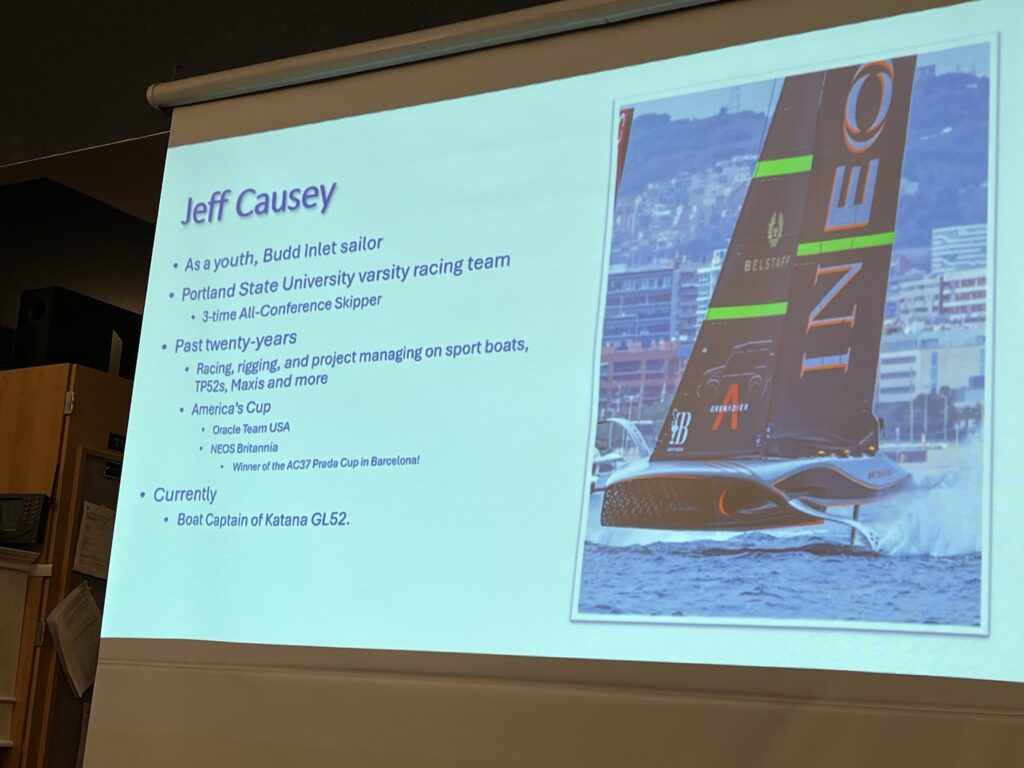
Jeff Causey has held several specialized roles on the boats he worked with, showcasing his versatility and expertise:
- Rigger (Oracle Team USA, 2010-2013): Worked on AC72 yachts, responsible for rigging and structural integrity. Played a pivotal role in the 2013 America’s Cup by completing a crucial wingsail repair mid-race12.
- Rigging Manager (Oracle Team USA, 2017): Oversaw all rigging operations during the 35th America’s Cup in Bermuda12.
- Boat Captain (INEOS Britannia, 2020-present): Ensures BRITANNIA’s safety and readiness, manages on-water support, and oversees structural testing and system integration12.
- Team Manager (U.S. SailGP Team, 2019): Coordinated shore operations and logistical support8.
- Shore Operations Manager (INEOS Britannia, 2023): Managed two-boat testing operations and performance evaluations3.
Jeff Causey’s background has profoundly influenced strategies in the America’s Cup by blending hands-on sailing expertise with technical innovation.
Excelling as captain of Portland State University’s varsity team, he developed a deep understanding of competitive sailing. His early career as an ESPN editor in New Zealand honed his organizational and problem-solving skills, which he later applied to high-pressure roles like rigging manager for Oracle Team USA. These experiences shaped his focus on simulation-driven design, operational efficiency, and leveraging advanced technology to optimize performance both on and off the water125.
Jeff Causey, concluded the briefing by agreeing that today’s America’s Cup has lost relevancy for today’s recreational and semi professional sailors. But he gave us the curiosity to look for it.
The discussion below finds that relevancy.
Relevant for Elite
Jeff Causey’s role in Oracle Team USA’s legendary 2013 America’s Cup comeback profoundly influenced his future strategies by emphasizing adaptability, precision under pressure, and the importance of preparation. His critical mid-race wingsail repair during the final race showcased his ability to solve high-stakes technical problems swiftly, reinforcing the value of meticulous rigging and structural management127.
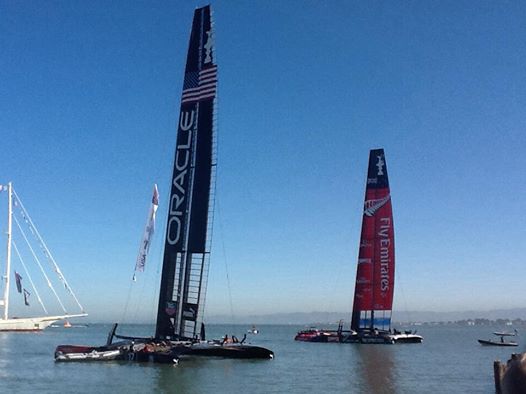
Jeff Causey’s preference for high-performance synthetic ropes over traditional wire rigging has significantly influenced America’s Cup boat performance, balancing strength, weight savings, and adaptability. Here’s how his approach impacts racing:
Key Advantages of Rope Rigging
- Weight Reduction:
- Modern ropes like Dyneema SK75/SK99 (used in Oracle’s 2013 campaign) are 3–5x lighter than steel wire of equivalent strength. This reduces rigging weight aloft, improving stability and foiling efficiency.
- Example: A 3mm Dyneema rope can handle nearly 1 tonne of load while weighing a fraction of wire1.
- Strength and Durability:
- Dyneema’s ultra-high-molecular-weight polyethylene fibers resist UV degradation and saltwater corrosion better than wire.
- Oracle Team USA’s reliance on Marlow Ropes’ synthetic rigging for standing rigging strops (handling 15–18 tonnes) demonstrates their trust in these materials3.
- Ease of Handling and Repairs:
- Ropes are easier to splice, adjust, and replace even mid-race—critical in high-pressure scenarios like Causey’s emergency wingsail repair during the 2013 Cup.
- Wire’s rigidity complicates field repairs and requires specialized tools, whereas synthetic ropes allow rapid modifications5.
- Compatibility with Foiling: Lightweight ropes minimize drag and inertia, enabling faster response times during maneuvers. This is vital for AC75s, where millisecond adjustments affect foiling stability.
- Causey’s rigging choices align with teams like INEOS TEAM UK, which uses Marlow ropes for everything from halyards to safety tethers3
Trade-offs and Adaptations
- Deck Hardware Upgrades: High-modulus ropes demand stronger clutches, winches, and sheaves to handle increased loads without slippage or wear.
- Stretch Management: While Dyneema has minimal stretch, teams combine it with Technora coatings to balance static and dynamic loads (e.g., halyards and control lines).
Performance Impact
- Oracle’s 2013 Comeback: Causey’s rope-based rigging repairs ensured structural integrity during critical races, enabling the team to push their AC72’s limits without weight penalties.
- Data Integration: Synthetic ropes work seamlessly with load sensors and telemetry systems, providing real-time feedback for sail trim and foil adjustments—a key advantage over wire’s analog nature.
Jeff Causey’s advocacy for synthetic ropes reflects a broader shift in America’s Cup engineering, prioritizing materials that enhance speed, repairability, and adaptability. While wire remains in niche applications, modern ropes have redefined rigging standards, proving indispensable in foiling-era campaigns.

Beam 2,54 m / 8’4″ Displacement 1 770 kg / 3,902 lbs
Draft 1,7 m / 5’7″ Keel Weight 610 kg / 1,344 lbs
Air Draft 12,20 m / 40′ Fuel capacity 25 L / 34 US Gol
Water capacity 231 L / 6.6 US Gal
Auxiliary max 15 HP Naval architect Manuard YD
Industrial design GIGODESIGN CE certification B6
Relevant to All Sailors
Causey’s assertion that today’s America’s Cup has lost relevance to recreational sailors due to its reliance on foiling technology, wingsails, and athletes from non-sailing backgrounds overlooks the broader technological and cultural synergies between elite racing and everyday sailing. With the exception of synthetic rope rigging, the Cup’s cutting-edge advancements may seem detached from traditional sailing, but they drive innovations that permeate recreational boating, enhance safety, and give access to high-performance tools.
Bridging the Technology Gap
The America’s Cup has long been a laboratory for sailing innovation. Foiling and wingsails, while initially exclusive to racing, have inspired advancements in materials and design that benefit recreational sailors. For instance, lightweight carbon fiber construction, repair glues, and hydrodynamic foils, pioneered in events like the 2013 Cup, are now common in production catamarans and performance cruisers.
These technologies improve speed and efficiency, allowing weekend sailors to experience capabilities once reserved for professionals.

Jeff Causey’s preference for rope rigging over wire reflects an evolution influenced by racing. Modern synthetic ropes, developed for America’s Cup teams, offer superior strength-to-weight ratios and durability, appealing to recreational sailors seeking reliability without compromising tradition. So does Causey’s emphasis on simulation-driven design which hone skills for the experienced and uninitiated as well.
Athletes and Multidisciplinary Expertise
Criticism of athletes from non-sailing backgrounds misses a key point: diverse skills enhance sailing’s evolution. Jimmy Spithill, a legendary Cup skipper, is also a licensed pilot. His aviation expertise informs his understanding of aerodynamics and systems management, skills transferable to optimizing sail trim and crew coordination.
Similarly, Larry Ellison’s passion for aviation (he owns fighter jets) underscores how cross-disciplinary thinking drives innovation. The integration of flight dynamics into foiling yachts—akin to airplane wing design—demonstrates how non-sailing expertise elevates the sport.
These athletes exemplify how adaptability and technical curiosity, not just traditional sailing pedigree, propel the sport forward—a lesson recreational sailors embrace when adopting new tools or techniques.
Cutting-edge tools developed for elite racing are now accessible to recreational and amateur sailors.
PredictWind and the platforms like PredictWind (see Avalon Router) exemplify how America’s Cup technology benefits everyday racing and cruising sailors.
Originally developed for Cup campaigns, PredictWind’s polar diagrams—which model boat performance across wind angles and speeds—are now integral, not only to simulation programs but also to route planning for cruisers and racers alike. Once the focus of racing only, recreational sailors now use these Polar tools via mobile apps to optimize passages, reduce fuel consumption, and avoid adverse weather. Hyper-accurate polars (tailored to the boat operators sailing style) are generated using AI and Predict Winds data hub.
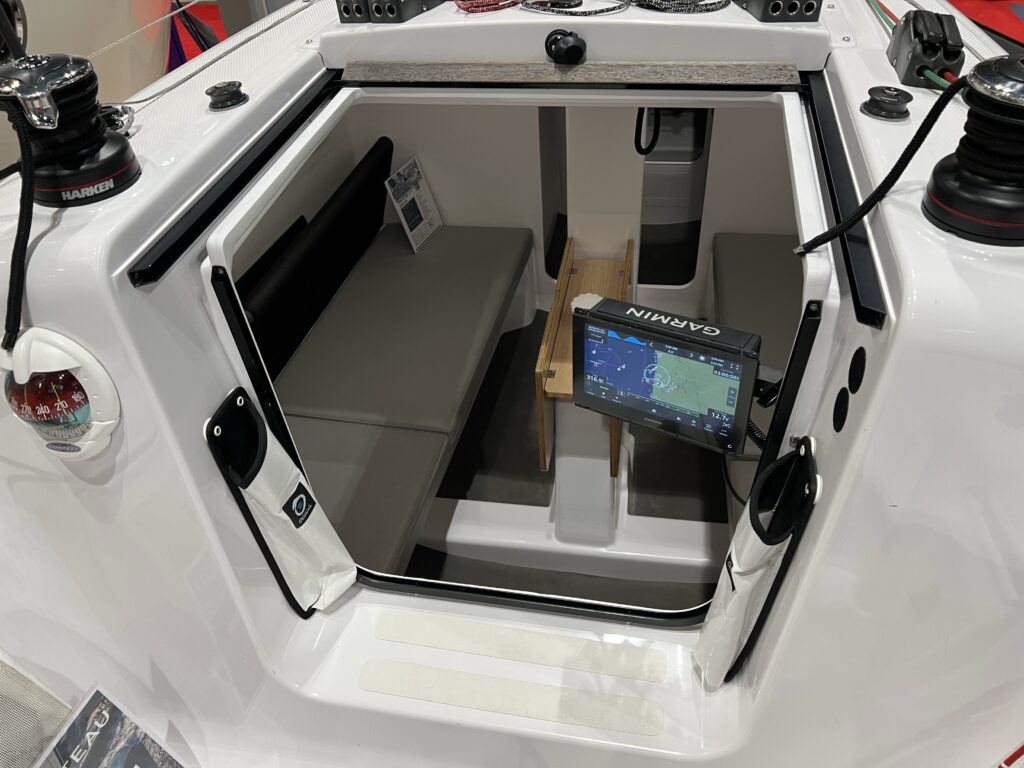
PredictWind served as the Official Weather Data Supplier for the 37th America’s Cup (2024), providing critical forecasting tools and real-time wind observations to all competing teams, race management, and fans. Key teams leveraging their services include:
1. Emirates Team New Zealand
- Role: Defender of the America’s Cup, using PredictWind’s live wind data and models for race strategy and training.
- Endorsement: Skipper Peter Burling (two-time America’s Cup winner) highlights PredictWind’s accuracy: “I’d recommend PredictWind to anyone heading out on the water”16.
2. INEOS Britannia
- Role: Challenger team (led by Sir Ben Ainslie), relying on PredictWind’s forecasting for tactical decisions in Barcelona’s variable conditions.
- Endorsement: Ainslie praises the app’s precision: “The predictions are extremely accurate, I really enjoy using PredictWind”16.
- Jeff Causey on this team.
Additional Teams and Usage
While PredictWind’s data was available to all teams competing in the 37th America’s Cup25, specific mentions include:
- Historical Use: Past teams like Luna Rossa Prada Pirelli and American Magic utilized PredictWind during the 36th America’s Cup in Auckland (2021)6.
- Race Management: The America’s Cup Race Committee relied on PredictWind’s tidal current models and forecasts for course planning6.
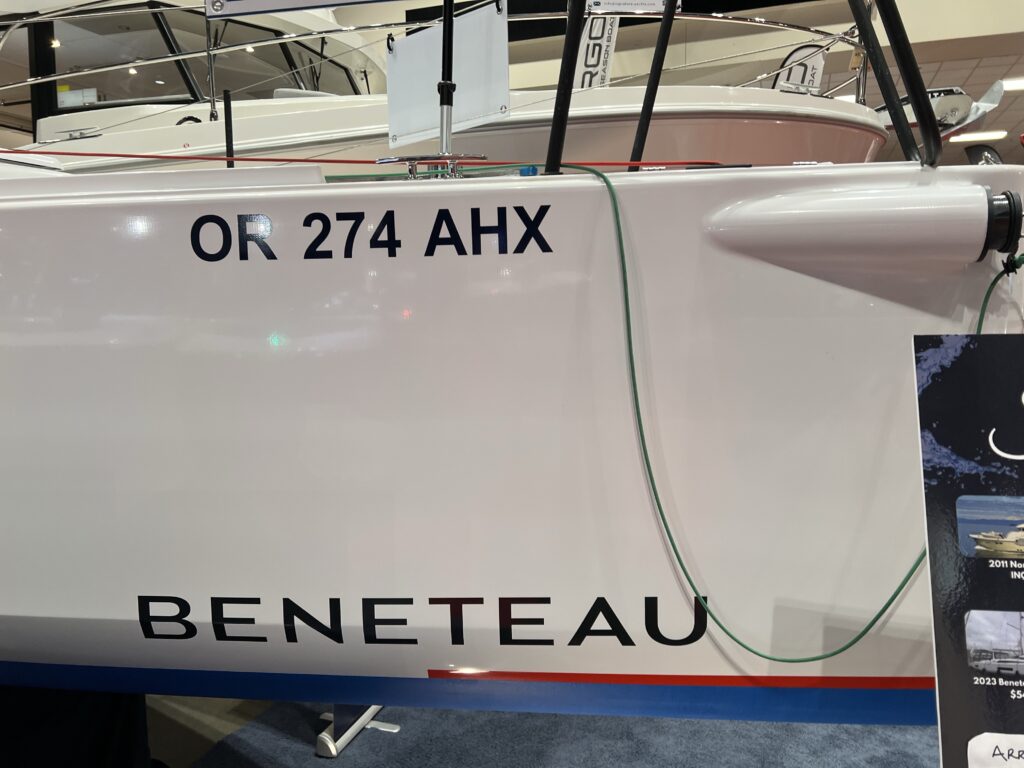
PredictWind’s weather data plays a pivotal role in shaping the strategic decisions of America’s Cup teams, combining real-time observations, high-resolution modeling, and historical insights to optimize performance. Here’s how it impacts their tactics:
1. Real-Time Wind Observations
PredictWind deploys a network of five coastal weather stations in Barcelona, providing minute-by-minute wind data directly to teams. This allows:
- Live adjustments during races to exploit wind shifts, pressure changes, or turbulence patterns13.
- Course analysis using tools like WindSight IQ, which visualizes wind direction and strength on the racecourse, helping teams interpret real-time conditions and adjust tactics (e.g., splitting at windward gates)2.
2. High-Resolution Forecast Models
PredictWind integrates six global weather models (e.g., ECMWF, Spire) to deliver forecasts with 1–25 km resolution. Teams use these to:
- Plan pre-race strategies: Anticipate wind ranges (e.g., Barcelona’s summer Garbí thermal breeze vs. October’s stronger Garbinada winds)5.
- Optimize boat setup: Adjust foil configurations, sail plans, and crew weight distribution based on predicted wind strength and sea state5.
- Simulate scenarios: The “ghost boat” feature predicts optimal routes for specific legs, leveraging current performance data to inform split-second decisions2.
3. Tidal Current Modeling
For races in tidal zones (e.g., Bermuda’s Great Sound), PredictWind’s current-adjusted wind calculations help teams:
- Compensate for tidal drift when navigating marks.
- Identify micro-current advantages, critical in light-wind conditions4.
4. Historical Climate Data
The new Climate Data tool offers decade-long averages for wind, waves, and storms, enabling teams to:
- Design boats for seasonal variability (e.g., balancing September’s moderate winds with October’s rougher seas in Barcelona)5.
- Identify patterns in “extreme weather months” to refine risk assessments6.
5. Unified Data for Teams and Fans
While the Race Weather Center shares live webcams, GPS-tagged maps, and historical data with fans, teams gain an edge through:
- Exclusive integrations: Emirates Team New Zealand and INEOS Britannia use proprietary apps to overlay PredictWind forecasts with onboard sensor data37.
- Tactical secrecy: Teams like Luna Rossa Prada Pirelli historically masked their interpretations of shared data to mislead rivals7.
Impact on Key Teams
- Emirates Team New Zealand: Relies on PredictWind’s tidal models and real-time wind feeds to defend their title, with skipper Peter Burling calling it “essential for high-performance racing”37.
- INEOS Britannia: Uses forecast accuracy to navigate Barcelona’s unpredictable winds, with Ben Ainslie praising its role in “maximizing competitive edge”35.
By merging hyperlocal observations with global models, PredictWind ensures teams base decisions on the same data available to fans—but victory hinges on who interprets it best13.
The integration of motionless wind sensors and IoT-enabled systems, honed in Cup boats, has trickled down to chartplotters like Garmin devices. These systems provide real-time data on apparent wind, currents, and boat dynamics, mirroring the telemetry used by Oracle Team USA during their 2013 comeback. For racing charter vessels, such technology enhances safety and accessibility, allowing novice sailors to make informed decisions with professional-grade tools. The costs involved for integration of the Predict Wind software (which runs as an app on an iPad or iPhone ) to a Garmen Chart plotter are instructive.

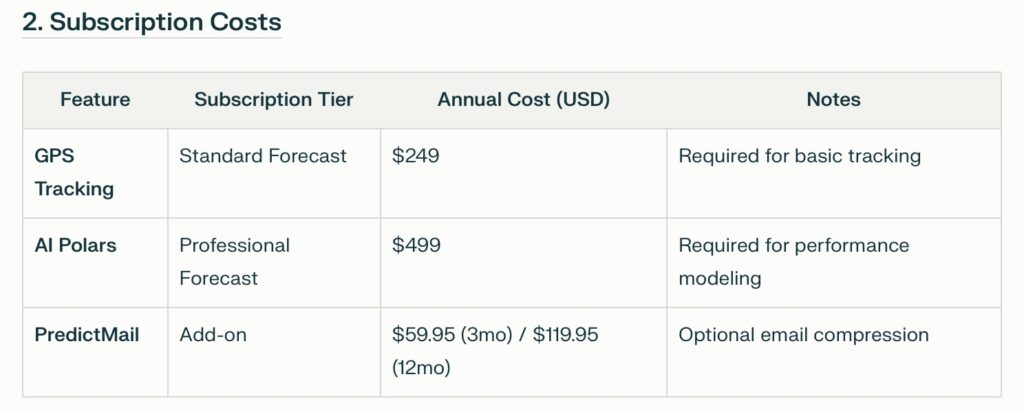
3. Installation & Setup Costs
- Networking Hardware (optional):
- Ethernet switch (e.g., TP-Link): $20–$50
- Cellular backup (Android device + SIM): <$100
- Starlink Data: Priority offshore plans cost $2/GB (metered usage). This is game changing technology making Iridium costly in comparison.
- Firewall Configuration: Free but requires technical skill (guides provided).
4. Additional Expenses
- Satellite Connectivity (optional):
- Iridium GO! Marine Package: $999–$1,199
- Starlink Hardware: $250–$2,500
- Onboarding Support: Price not specified but recommended for non-tech users
Total Estimated Cost
- Basic Setup:
$348 ($299 DataHub + $49 cable) + $249/year (Standard Forecast). - Advanced Setup:
$1,500–$3,000+ (with satellite hardware, subscriptions, and networking gear).
Key Notes
- The DataHub is designed for DIY installation but requires technical proficiency for advanced configurations.
- Subscription fees are recurring and necessary for core features like GPS tracking and AI Polars.
- Users report spending 1–2 months on setup and testing before offshore use.
For detailed pricing and plans contact Predict Wind.
The PredictWind DataHub is a versatile device that bridges shipboard electronics with global connectivity. Its ability to integrate NMEA data, provide real-time weather insights, and enable seamless communication makes it indispensable for offshore sailors and racing teams alike. With features like AI Polars and remote monitoring, it sets a new standard for marine technology in 2025. In combination with internet access through Starlink data is shared with other vessels in the area making for safe passage by those monitoring weather and planning passages.
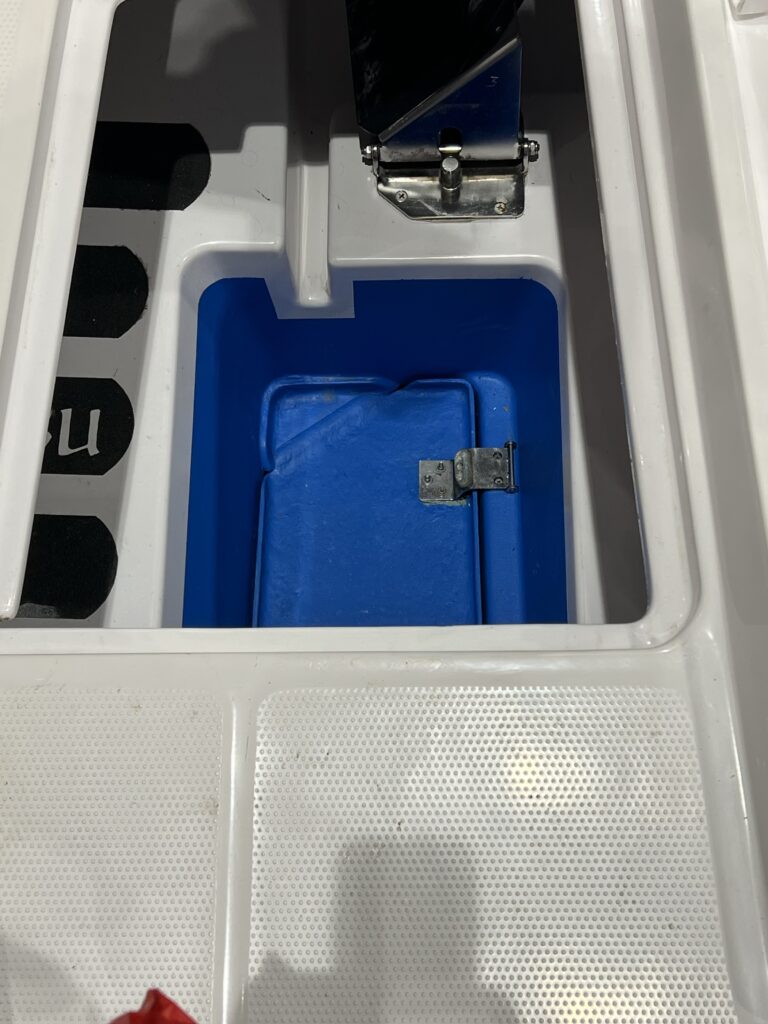
Conclusion: A Symbiotic Relationship
The America’s Cup’s influence extends far beyond foiling yachts and wingsails. Its innovations in materials, data analytics, and multidisciplinary training have brought the tools of the elite to all sailors for performance sailing, making it safer, faster, and more accessible. Causey critical repairs on Oracle’s wingsail during the 2013 Cup relied on advancements such as glue and synthetic rope that now benefit recreational mariners. And it has never been easier to bring a new athlete with no sailing background up to a team contributor owing to Causey’s emphasis on simulation-driven design.
From PredictWind’s polars to Garmin’s integrated sensors, the Cup’s legacy lives on in every boat and app-equipped cruiser (both power and sail). Far from being irrelevant, today’s America’s Cup remains a vital catalyst for progress, proving that the line between elite AC racing and recreational cruising and semi professional race sailing is not a divide—but a continuum.
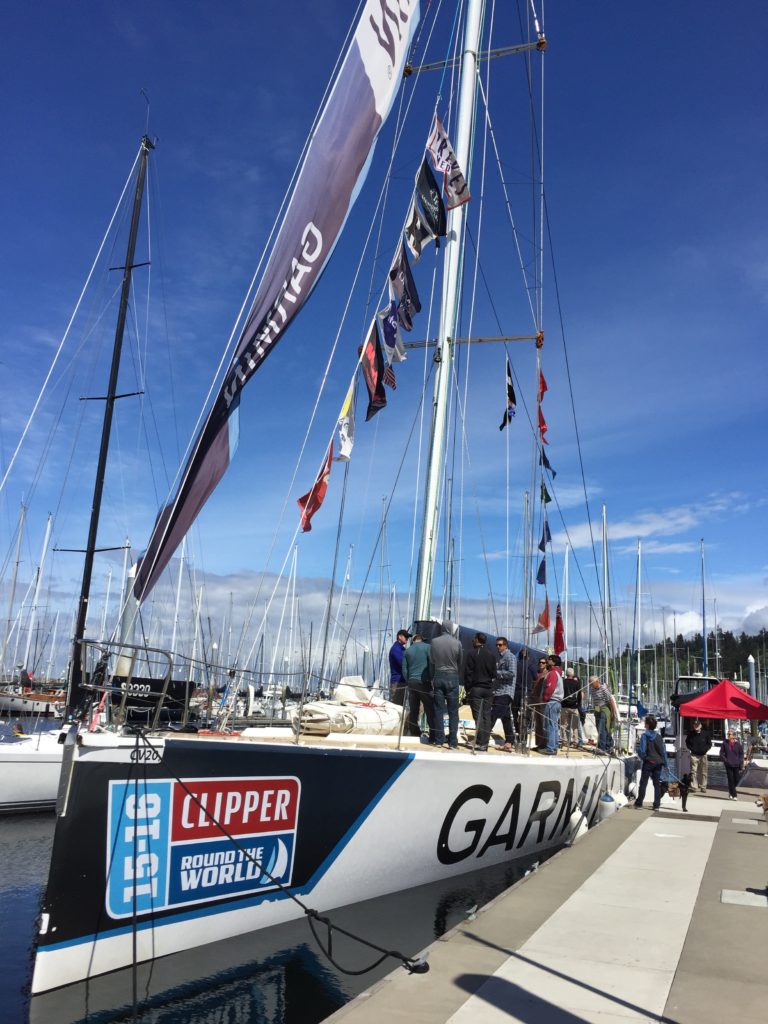
Race Handicapping Potential
ORC (Offshore Racing Congress) rating system is gaining popularity and might continue to do so, especially among younger athletes and those involved in high-performance sailing. The ORC system is known for its sophisticated Velocity Prediction Program (VPP) which provides a fair and accurate rating for a wide variety of new model boats, making it attractive for competitive racing.
On the other hand, the PHRF (Performance Handicap Racing Fleet) system is simpler and more cost-effective, making it popular among grassroots and casual racers. However, it has faced some challenges and controversies, such as its perceived lack of accuracy and governance issues which may be responsible for the decline of interest among young athletes in the sailing sport,
In conclusion, while ORC might see increased adoption, especially among younger and competitive sailors, PHRF is likely to remain relevant for local and casual racing due to its simplicity and lower cost. There is also the opportunity of using America’s Cup technology (specifically its sponsor’s PredictWind software) to make PHRF fair through AI.


